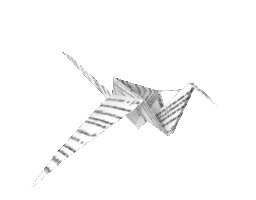Researcher
Felix Grewe
Field Museum of Natural History
Statistics
52 papers found
Papers authored by Felix Grewe

Refreshing results…





Todd J. Widhelm  ,
Felix Grewe
,
Felix Grewe  ,
Jen-Pan Huang,
Joel A. Mercado-Díaz,
Bernard Goffinet
,
Jen-Pan Huang,
Joel A. Mercado-Díaz,
Bernard Goffinet  ,
Robert Lücking,
Bibiana Moncada,
Roberta Mason-Gamer,
H. Thorsten Lumbsch
,
Robert Lücking,
Bibiana Moncada,
Roberta Mason-Gamer,
H. Thorsten Lumbsch  Download from www.nature.com
Download from www.nature.com
 ,
Felix Grewe
,
Felix Grewe  ,
Jen-Pan Huang,
Joel A. Mercado-Díaz,
Bernard Goffinet
,
Jen-Pan Huang,
Joel A. Mercado-Díaz,
Bernard Goffinet  ,
Robert Lücking,
Bibiana Moncada,
Roberta Mason-Gamer,
H. Thorsten Lumbsch
,
Robert Lücking,
Bibiana Moncada,
Roberta Mason-Gamer,
H. Thorsten Lumbsch  Download from www.nature.com
Download from www.nature.com















2015
Nils Knie,
Simon Fischer,
Felix Grewe  ,
Monika Polsakiewicz,
Volker Knoop
Download from www.researchgate.net
,
Monika Polsakiewicz,
Volker Knoop
Download from www.researchgate.net
 ,
Monika Polsakiewicz,
Volker Knoop
Download from www.researchgate.net
,
Monika Polsakiewicz,
Volker Knoop
Download from www.researchgate.net
Missing publications? Search for publications with a matching author name.